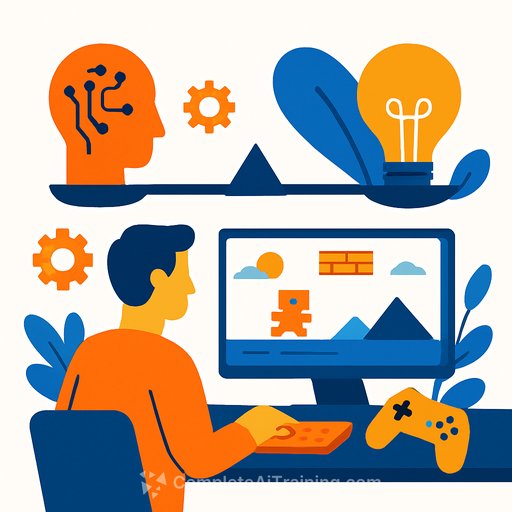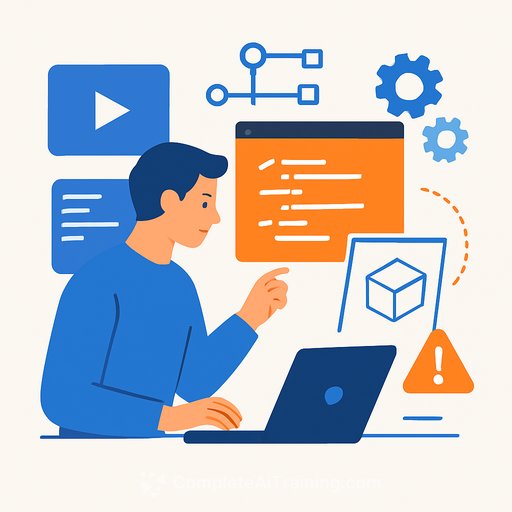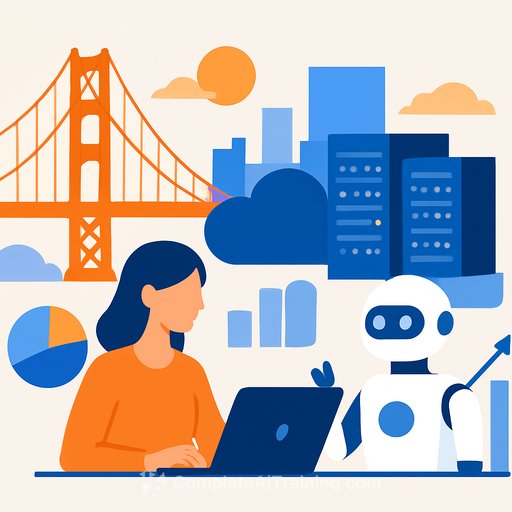2025 Game Science Forum: Creativity Transformed by AI, Balance Sought by the Future
On August 26, the 2025 Game Science Forum opened at the International Conference Hall of the National Library of Korea. The event centered on the theme, “Creativity Transformed by AI, Balance Sought by the Future.” Co-hosted by the Game Science Institute and Google Korea, and sponsored by the Ministry of Culture, Sports and Tourism, the Korea Creative Content Agency (KOCCA), and the Game Culture Foundation, this seventh edition continues the forum’s mission since 2018: to promote a science-based, objective discussion about games.
The Game Industry with AI’s Technological Innovation
The forum’s first session examined how AI technologies are reshaping game development. Speakers included Prof. Won-Yong Shin from Yonsei University, Do-gyun Kim of KRAFTON, and Gi-hong Na from NC AI. They shared insights on global generative AI trends, practical applications in game production, and the future balance between AI advances and human creativity.
How the Generative AI Ecosystem Is Being Built
Prof. Won-Yong Shin opened with a presentation on “Services and Case Studies for Generative AI.” He highlighted that generative AI is advancing rapidly, driven by big tech, startups, and unicorns. Text- and video-generation models have become common digital tools for consumers.
Among global developments, he pointed to Google’s 2025 I/O conference, noting announcements like Gemini 2.5 and smart-glasses technology. Early demos of these smart glasses showed unexpectedly strong performance and user-friendliness. The collaboration between Samsung (hardware) and Gentle Monster (design) could create a market impact comparable to semiconductors if commercialized.
Shin also described Korea’s “Sovereign AI” project, a competitive government initiative where teams face eliminations until only three remain in 2027. This format aims to push Korea’s AI self-reliance.
On business trends, multimodal AI (models that learn from text, images, and other data) and private AI (for companies wanting to protect sensitive data) are gaining ground. Manufacturers increasingly want proprietary AI models rather than relying on external providers.
He outlined a three-layer AI ecosystem: big tech leads in semiconductors, cloud, and foundation models; startups and enterprises collaborate on platforms and applications; demand-side companies focus on producing data. Multi-LLM orchestration—combining multiple large language models—is emerging as a key trend to optimize cost and performance. Examples include startups blending Llama with GPT Turbo and KT’s Mi:dm service, which uses both internal and external LLMs for different tasks.
The GPT Store is growing rapidly, with over 160,000 services officially listed and more than three million uploaded by developers. However, revenue-sharing remains unclear, with developers reportedly receiving only 10–20%. More transparency is needed to energize this market.
Key trends to watch:
- Multi-LLM orchestration
- Store-based business models
- On-device AI solutions
- Private-model B2B applications
- Conversational business intelligence
Game Production in the AI-Native Era
Do-gyun Kim of KRAFTON’s AI Transformation Team discussed “The Present and Future of Game Development in the Age of Agents.” He introduced the term “AI-native,” noting it lacks consistent definition but signals deeper AI integration in workflows.
Kim compared the adoption speed of past technologies: abacus (thousands of years), printing (centuries), calculators (hundreds of years), PCs (50 years), smartphones (21 years), and AI (20–50 years). He argued that ignoring AI today is like refusing to use smartphones for a decade.
According to KRAFTON’s research, AI use in game production jumped from 52% of studios in 2024 to nearly 96% of developers in 2025. The game industry fits AI well because of its labor-intensive, fully digital, and complex workflows.
Kim described a four-stage AI adoption framework:
- Stage 1: Traditional, AI-free production pipeline
- Stage 2: Individuals use AI tools to improve efficiency
- Stage 3: AI agents handle specific tasks within workflows
- Stage 4: AI agents manage entire workflows end-to-end
KRAFTON has seen AI reduce art task times from 16 hours to one and generate UI without external help. They also use AI for code refactoring, quick coding in new languages, narrative design, and event generation. Workflows ensure consistent quality across art, coding, balancing, and storytelling. AI agents respond to natural-language instructions, interpreting requests and applying relevant tools.
Kim envisions multi-agent systems where specialized AI agents collaborate on complex projects across narrative, coding, art, and 3D modeling. Humans will hold vision, creativity, decision-making, consensus, and ethics. AI agents will tackle large-scale data, repetitive tasks, prototyping, and technical problem-solving.
He also cited OECD data indicating that as AI takes over more work, people gain more leisure time—fueling demand for games and expanding the industry’s cultural and economic influence.
How Generative AI Will Change Game Production
Gi-hong Na from NC AI examined whether generative AI can fundamentally shift game development and expand creativity. By April 2025, 96% of global game developers reported using AI tools, up from 62% in 2024. Large studios embed AI into pipelines, while indie developers often use external tools and import results.
Na warned that overly complex “end-to-end” AI tools are often avoided since they are hard to control and offer limited immediate value. Instead, tools that reduce friction in difficult areas quickly deliver benefits and inspire creators to be more ambitious. These tools handle “tedious but high-impact” tasks.
NC AI projects illustrate this approach:
- Lip-sync automation: AI now enables natural facial expressions and accurate mouth movements even for supporting characters.
- Animation search: Developers can quickly find and reuse assets like a knight shooting, saving time.
- Speech synthesis: AI converts recorded lines into character voices, reducing recording sessions and speeding iteration.
Na noted skepticism about full automation, pointing out that conversational digital humans often fall short of user expectations. NC AI prioritizes solutions that ease developers’ workflow frustrations, freeing them to focus on creative work.
He also described image generation improvements: after producing images, refining outputs can yield unrelated results. NC AI uses inpainting-style editing, which lets users adjust generated images directly for better control.
Regarding localization, Na emphasized that game translation must preserve mood and tone, not just literal accuracy. NC AI focuses on maintaining the game’s atmosphere through AI-driven methods.
Na concluded that AI should not reduce creators to passive roles but enable more active, expansive creativity—making creation accessible to everyone.
Your membership also unlocks:






